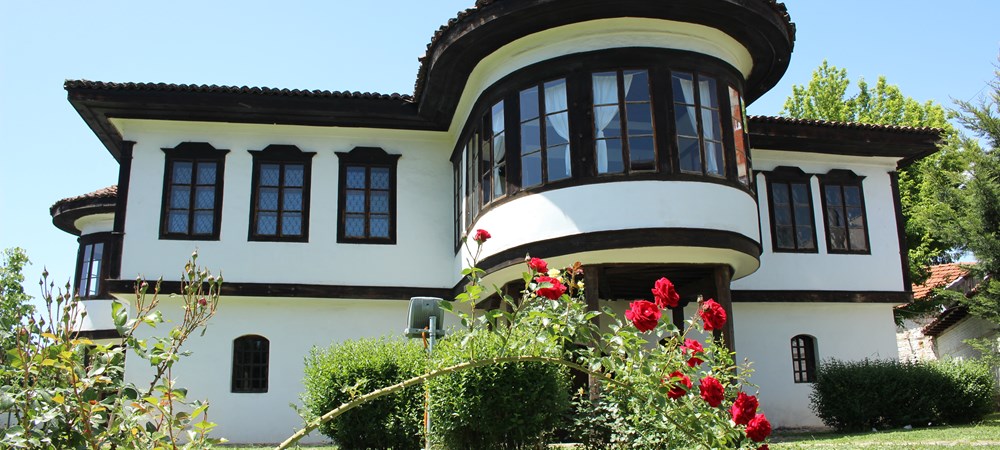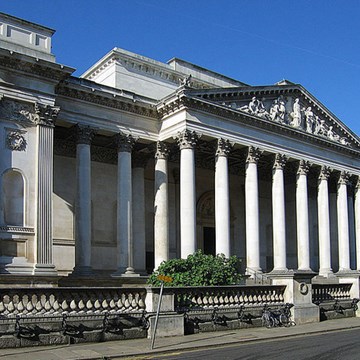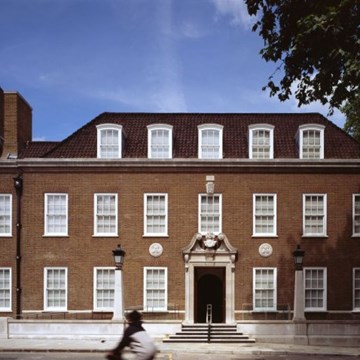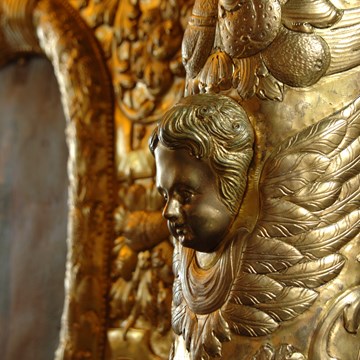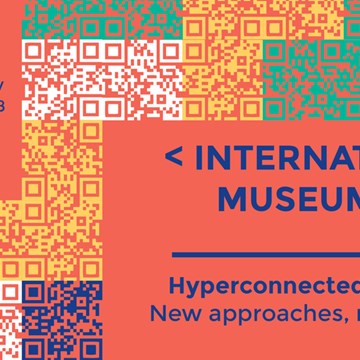Ethnographic Museum of Gjakova
Ethnographic museum is situated in the “Citizen Traditional House”, a house with the most interesting characteristics in the city, representing the typical urban residence. This house has been built already in 1830 by masters from Dibra.
The building has two storeys and two garrets. The first floor is uses for thematic exhibitions, while in this place there are other exhibits of the handicrafts cultivated in the city and its suburb.
The ethnography section of the Museum studies and follows the birth, development, progress and changes of the population during different socio-economic and cultural developments in all the phases of its development.
The museum is rich with different collections, such as the ones from agriculture and farming and the collection of some handicrafts that have not vanished yet. In this museum there is a collection of dresses with motives from different areas of Gjakova.
The Ethnography Collection has a stock of 1730 items of cultural materials found in urban and rural settlements of Gjakova region, during different historical periods.
This building has been converted to a museum in 1981.
The building initially belonged to the Gjakovar family Sina, and it was later purchased by Haxhismaili family. In 1981 it was taken from this family under ownership of the Municipal Assembly in order to convert it into an Ethnographic Museum.
In the museum there are mainly ethnographic exhibits.
Currently the museum uses two rooms for exhibits together with the corridor in the upper floor and the lower one, where some exhibits have been presented and it is used as a space for exhibitions.
Based on this situation, the professional staff has put efforts to bring many tools that are result of the work cultivated in the city of Gjakova in the past.
In the upper floor of the museum, in the corridor, there are some ethnographic exhibits of the dresses of population over time, such as the urban solemn Dallama embroidered with golden lines, national dresses of the Christian confession from Has area, woollen pants for national dress for kids, lots of copper dishes, dishes of households that have been used by the population in the past, bride’s box in which the dowry was placed on the wedding.
On the lefts side of this corridor one can notice many exhibits of domestic items used by the citizens in the past such as dining tables, carpets, etc.
Exhibitions and events
We don't have anything to show you here.
Educational programs
We don't have anything to show you here.
Collections
We don't have anything to show you here.

